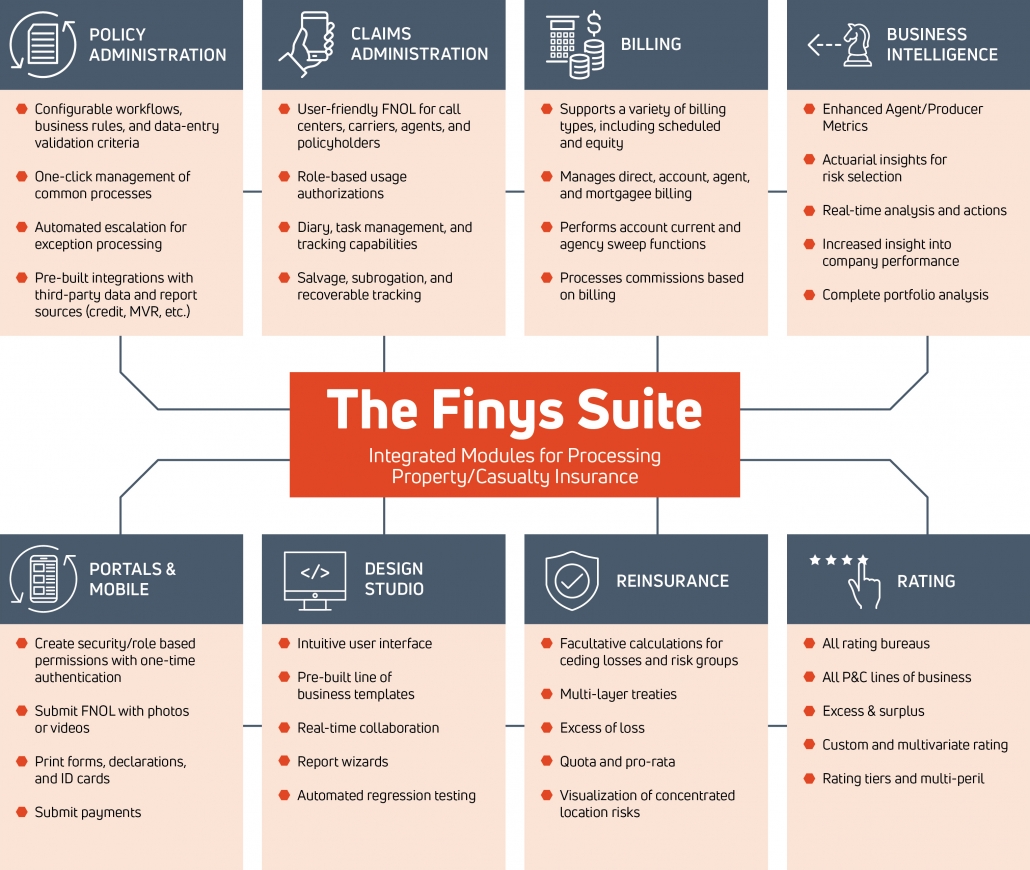On Your Mark. Get Set ….
There are two things we’re not really big on: One is giving advice. The other is New Year’s resolutions. Nevertheless as 2021 winds down — another year of challenges, COVID-related and otherwise — we wanted to share something that seems meaningful, at least to us.
We recalled having seen, at some time or other, a list of things called The 10 Commandments of Leadership. We looked them up. As we read them again from our present-day perspective, they didn’t seem to be so much about leadership. Rather, they seemed more like sound constructive contemplations for a life well-lived. So, given the fact that we’re taking a victory lap on the old year and getting into the blocks to await the starting gun for a new one, we decided we may as well share them.
The Pre-Race Stretch
Since 2022 is likely to be more akin to a marathon than a sprint, these 10 suggestions may help keep us limber and energized:
- People are illogical, unreasonable, and self-centered. Love them anyway.
- If you do good, people will accuse you of selfish, ulterior motives. Do good anyway.
- If you’re successful, you’ll win false friends and true enemies. Succeed anyway.
- The good you do today will be forgotten tomorrow. Do good anyway.
- Honesty and frankness make you vulnerable. Be honest and frank anyway.
- The biggest people with the biggest ideas can be shot down by the smallest people with the smallest minds. Think big anyway.
- People favor underdogs but follow only top dogs. Fight for a few underdogs anyway.
- What you spend years building may be destroyed overnight. Build anyway.
- People need help but may attack you if you help them. Help them anyway.
- Give the world the best you have, and you’ll get kicked in the teeth. Give the world the best you have anyway.
Best Wishes
Since none of us is likely to master any of those suggestions — let alone one of them — in just a year, maybe we can adopt them for the longer run. We certainly could have less noble aspirations.
Whatever your aspirations might be, we wish you a very Happy Holiday Season and a bright, prosperous New Year.
Go!



